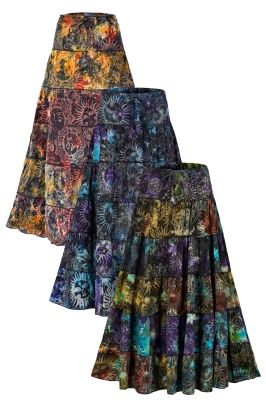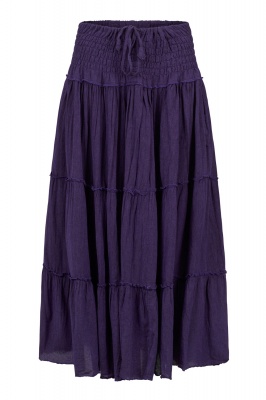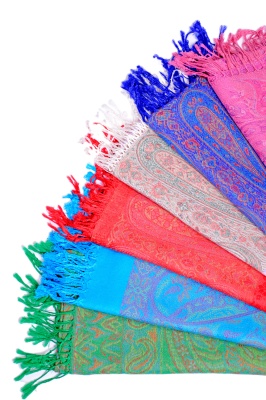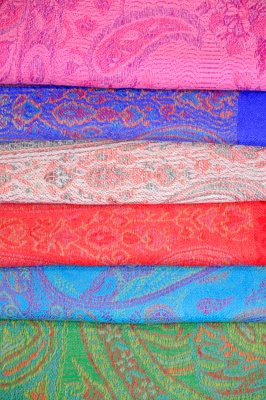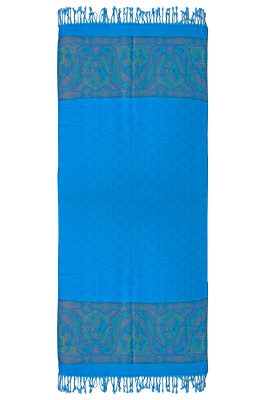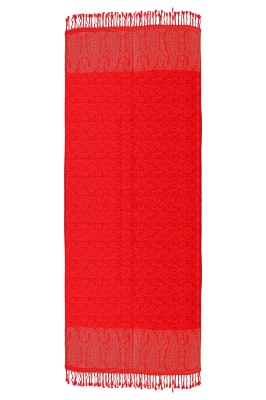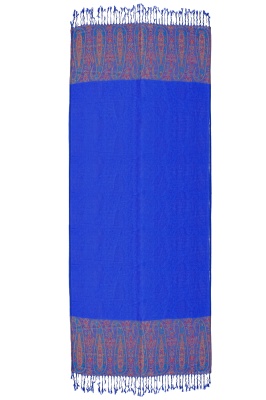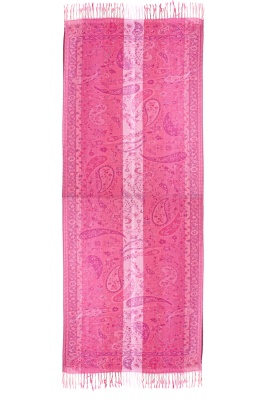Roll back time to the 1900s and young people mostly wore the same clothes as their parents. We were clones of our mums and dads, made middle-aged before our time. The 1960s changed all that, kicking off as a relatively conservative decade in the UK, with fashions still stuck in the '50s, but transforming into a magical new world of hippy mayhem by the time we hit 1965.
'Long haired louts' told to get their hair cut
The 1960s were about a lot more than clothing. They were about rebelling in all sorts of ways, including hair. The decade began with a few men letting their hair down, growing it below collar length for the first time in a very long time. It mattered because, throughout history in most cultures, men have been expected to have different hairstyles from women. There are surprisingly few exceptions, including the people who live in the Orinoco-Amazon Basin, where both the men and women have their hair cut into a bowl shape. It's interesting to know that, as Wikipedia says, 'during most periods in human history when men and women wore similar hairstyles, as in the 1920s and 1960s, it generated significant social concern and approbation.' In the west during the 1960s, when young men joined young women in growing their hair long and keeping it natural, the trend rocked the civilised world and created a massive moral panic. Through the 1960s and into the early 1970s long haired men were shouted at in the street, called 'long haired louts' and told to 'go and get your hair cut'.
Rejecting the formality of 1950s culture
At the same time western culture was changing fast in line with the fashions. Young people decided the way the war-torn world was being run wasn't good enough, that love was the answer, and that peace was their right. They rejected the buttoned-up, formal culture of the 1950s, threw out the fashions of their parents, and went their own sweet way. Men as well as women wore velvet and lace, vivid fabrics, embroidery and appliqué, patchwork and tie dye. The world turned multi-coloured and millions of hippies and flower children tuned in, then dropped out. By the late 1960s swirling psychedelic patterns were the fashion the world over. Men wore frilled and tie-dyed shirts, grew their hair long and sported long, untrimmed beards, wore flowered tunics and flowing capes. Women wore unbelievably short mini-skirts, long boots and tight tops, and skirts reached an all-time high, something that, as little as ten years earlier, would have been impossible to imagine. And, for the first time since the 1800s, London replaced Paris as the world's trendiest city. No wonder they still call the '60s The Decade That Shook Britain.
No more National Service, much more freedom
The teens of the 1960s were the first to avoid National Service. They were the first young generation to have a voice of their own, and the first to have the freedom to choose their own futures, their own careers. While their parents had spent their own youth surviving a world war, and often followed their parents to do the same jobs, the teens of the '60s were allowed to enjoy themselves. And that meant the teens who grew up in the 1960s were entirely different than those who came along a decade earlier.
Revolution is powerful stuff!
Once a rebel, always a rebel. You might date back to the 1960s yourself, or have parents who grew up in that magical decade when everything changed. People who experienced those times still carry the attitude of the '60s with them. They still recall the sheer excitement of wearing clothing that shocked older generations, leaving them feeling free as a bird. Alternative clothing still carries a satisfyingly rebellious message. It signals that you're confident enough to know your own way and follow your own star. It says you don't care what other people think, you wear what you want. It says you're a rebel, someone who doesn't just follow the crowd, someone who is brave enough to go for it, cool enough to create their own look.
Hoodies also caused a moral panic
It's interesting to remember that the hoodie caused the same kind of moral panic as hippy clothing. At first associated with the ASBO, the Anti Social Behaviour Order, it took years for the hoodie to find its final resting place in fashion history as an everyday garment that doesn't really signify anything except style and warmth!
What will the next fashion-led moral panic be about?
Alternative 1960s clothes threw The Establishment into a rough spin. The hoodie caused ructions, for far too long pinned as the uniform of anti-social youth. What item or style of clothing will be the next to cause a moral panic? Whatever it happens to be, it will eventually go mainstream and lose its sting. But if it's anything like hippy clothing or the hoodie, it will stick around.

